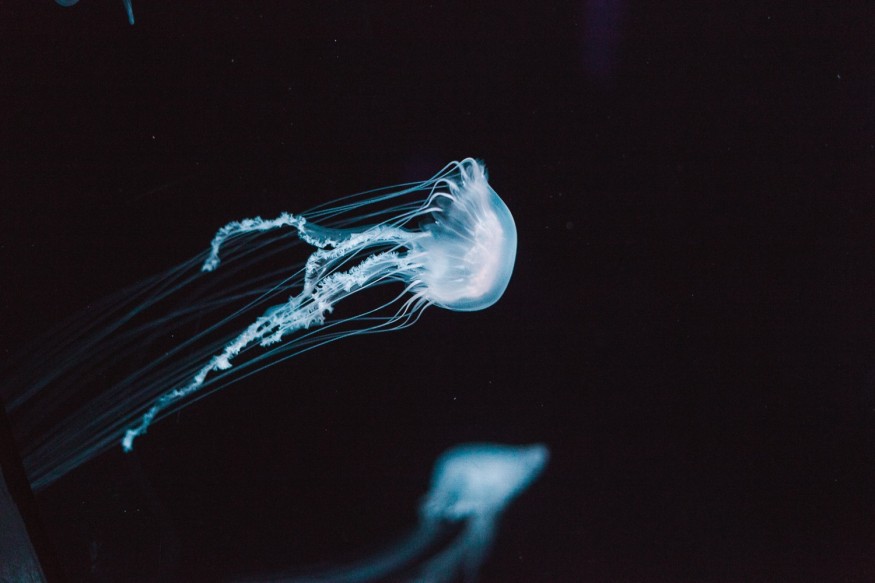Jellyfish stings are known for their painful impact on the body once the marine animal's spiky tentacles latch onto one's skin. While the majority are non-fatal, there are some species that are venomous and deadly such as the box jellyfish. Earlier this week, a child in Australia was 'lucky to be alive' after being stung by the said jellyfish species while swimming in the waters off the coast of northern Australia.
The five-year-old boy survived the box jellyfish attack following an immediate vinegar treatment on him, according to reports. As opposed to the debunked 'urine treatment' following a jellyfish sting, the said aqueous solution is recommended by experts for sting victims. However, the acid-based liquid would only work if it is applied immediately.
The latest case in Australia follows a deadly jellyfish sting incident in the state of Queensland last year. While majority of stings do not require hospitalization, there are cases where a victim needs to be hospitalized or require immediate medical attention. In the past several decades, related incidents have been reported off the Northern Territory coast.
Casuarina Beach Jellyfish Sting

The boy was stung by the box jellyfish in his legs and stomach area while swimming in the waters off Casuarina Beach, near the city of Darwin in Northern Territory. This caused him to be rushed to the Royal Darwin hospital, Newsweek reported on Thursday, June 1.
As mentioned earlier, the boy's survival was due to the quick application of vinegar, where its acetic acid reportedly deactivates the poison associated with the sting, preventing its spread throughout the body.
What is a Box Jellyfish?
The Australian box jellyfish (Chironex fleckeri) is the world's most venomous marine animal, according to the National Oceanic and Atmospheric Administration (NOAA), which explained the gelatinous-looking creatures may look harmless but their stings can send someone to their water grave.
The said jellyfish species, named for their box-shaped body, possess lethal tentacles known as 'nematocysts,' which are like tiny darts engrained with poison. The NOAA adds that once these nematocysts pierce through the flesh of unfortunate humans or animals, their poison can result in cardiac arrest, paralysis, and even death.
Most of the box jellyfish population is found in warm coastal waters worldwide. Yet, the lethal ones are primarily located across the Indo-Pacific region and northern Australia.
Australia Jellyfish Attacks
Due to the large presence of box jellyfish in northern Australian waters, it is not surprising if a sting-related incident occurs. Yet, it is still a threat that cannot be ignored.
In February 2022, a 14-year-old boy died after being stung by a box jellyfish off Eimero beach in Queensland. The boy's father told the Courier Mail that his son was just standing in waist-high water when the animal attack occurred, as reported by The Guardian.
Since 1883, the Australian box jellyfish has been responsible for more than 70 fatal stings, also called "envenomings," according to Dr. Kirsten Due from DermNet New Zealand.
Related Article : An "Entirely New" Species of Box Jellyfish Spotted in Sydney
© 2025 NatureWorldNews.com All rights reserved. Do not reproduce without permission.





